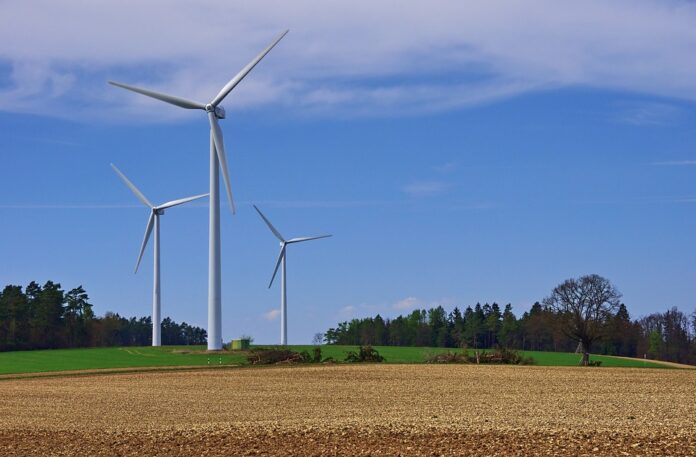The Future is Bright: How Clean Energy is Revolutionizing the World
In recent years, there has been a growing global focus on clean energy as a way to combat climate change and reduce our reliance on fossil fuels. This shift towards renewable energy sources such as solar, wind, and hydro power has the potential to revolutionize the way we power our world. The future is looking brighter than ever as clean energy technologies continue to advance and become more affordable and accessible.
Advancements in Solar Power
Solar power has emerged as one of the most promising clean energy sources in recent years. The technology behind solar panels has improved dramatically, making them more efficient and cost-effective. In many parts of the world, solar power is now cheaper than fossil fuels, making it an attractive option for both residential and commercial applications. As solar power continues to become more widespread, we can expect to see a significant decrease in carbon emissions and a shift towards a more sustainable energy future.
The Rise of Wind Power
Wind power is another key player in the clean energy revolution. Wind turbines are becoming increasingly common sights in many countries, harnessing the power of the wind to generate electricity. Advances in wind turbine technology have made them more efficient and reliable, leading to a rapid increase in the use of wind power around the world. With offshore wind farms offering even greater potential for generating clean energy, the future of wind power looks bright indeed.
The Promise of Hydropower
Hydropower has long been a reliable source of clean energy, with hydroelectric dams providing a significant portion of the world’s electricity. As technology continues to improve, we are seeing new innovations in hydropower that are making it an even more attractive option for generating clean energy. Micro-hydro systems, for example, are becoming more popular in remote areas where traditional hydropower may not be feasible. The potential for generating clean, renewable energy from our rivers and streams is vast, and hydropower is sure to play a key role in our energy future.
Investing in Energy Storage
One of the biggest challenges with renewable energy sources like solar and wind power is their intermittency. The sun doesn’t always shine, and the wind doesn’t always blow. This is where energy storage comes in. Advances in battery technology are making it possible to store excess energy generated by renewable sources for use when the sun is down or the wind is calm. As energy storage solutions become more affordable and efficient, the reliability of clean energy sources will only continue to improve.
The Role of Policy and Innovation
While clean energy technologies continue to advance, the role of policy and innovation in driving the transition to a low-carbon economy cannot be overstated. Governments around the world are implementing policies to incentivize the adoption of clean energy, such as renewable energy mandates, carbon pricing, and tax incentives. At the same time, innovative companies and researchers are pushing the boundaries of clean energy technology, developing new solutions to the challenges we face in transitioning to a sustainable energy future.
In conclusion, the future is indeed bright when it comes to clean energy. With advancements in solar, wind, and hydropower, as well as energy storage solutions and supportive policies, the transition to a low-carbon economy is well underway. By investing in clean energy now, we can create a more sustainable world for future generations.
Frequency Asked Questions:
1. What are the main benefits of clean energy?
Clean energy sources such as solar, wind, and hydropower produce minimal carbon emissions, reduce our reliance on fossil fuels, and help combat climate change. Additionally, clean energy technologies are becoming more affordable and accessible, leading to potential cost savings for consumers.
2. How can individuals support the transition to clean energy?
Individuals can support clean energy by investing in renewable energy sources for their homes, advocating for supportive policies at the local and national levels, and adopting energy-efficient practices in their daily lives. Small actions can have a big impact when it comes to building a more sustainable energy future.
3. What are some of the biggest challenges facing the clean energy transition?
Some of the biggest challenges facing the clean energy transition include the intermittency of renewable energy sources, the need for energy storage solutions, and the resistance of fossil fuel industries to change. Overcoming these challenges will require continued innovation, investment, and commitment to a sustainable energy future.

